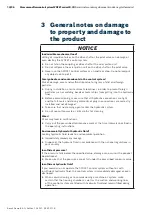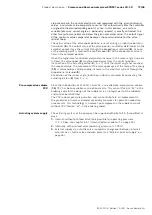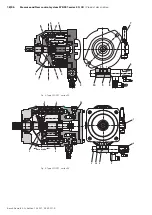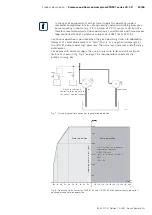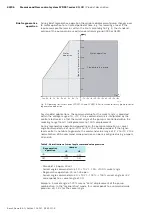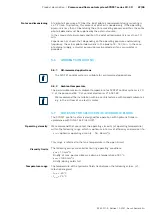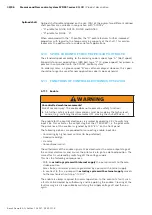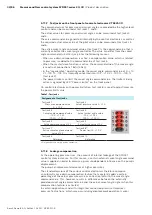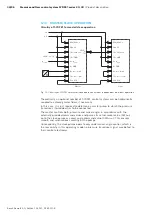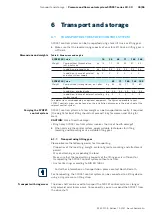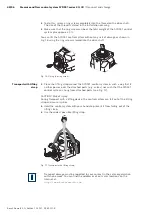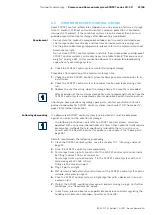
28/96
Pressure and flow control system SYDFE1 series 2X, 3X
| Product description
Bosch Rexroth AG, Edition 10.2021, RE 30011-B
tmin = -20 °C
t in °C
tmax = +70 °C
5
10
40
60
20
100
200
400
600
1000
1600
2500
0°
20°
40°
60°
80° 100°
-40°
-20°
νopt.
16
36
5
1600
-40°
-25°
-10°
10°
30°
50°
90°
70°
0°
VG
22
VG
32
VG
46
VG
68
VG
100
Temperature
Hydraulic fluid temperature range
Visc
osit
y
Notes on the selection
In order to be able to select the correct hydraulic fluid, the operating
temperature in the tank (open circuit) in relation to the ambient temperature
must be known.
The hydraulic fluid should be selected so that within the operating temperature
range, the operating viscosity is within the optimal range (
ν
opt
). This range is
shown as gray area in the selection diagram.
We recommend that you select the next higher viscosity class.
Example:
At an ambient temperature of X °C, the resulting temperature in the tank is 60 °C.
Within the optimum operating viscosity range (
ν
opt
; gray area) this corresponds to
viscosity classes VG 46 and VG 68. You should select: VG 68.
The case drain oil temperature, which is subject to the influence of pressure
and pump revving speed, is always higher than the tank temperature. However,
the temperature must not exceed 90 °C at any point in the system.
If the conditions described above cannot be complied with due to extreme
operating parameters or high ambient temperatures, please consult us.
The finer the filtration of the hydraulic fluid, the better is the achieved cleanliness
class, which, in turn, prolongs the service life of the SYDFE1 control system.
To ensure functional reliability of the SYDFE1 control system, the hydraulic fluid
must comply at least with cleanliness class 18/16/13 according to ISO 4406 (for
particle sizes 4/6/14 μm).
5.8
GENERATION OF NOISE
Compared to, for example, vane pumps, axial piston pumps generate greater
changes in flows and thus pressure pulsations for design-inherent reasons. Apart
from the propagation of air and structure-borne noise, this can have an influence
on fluid-borne noise. In the end, these factors together result in the general
perception of “noise”.
Noise often induces vibration on other components, which, in turn, also generate
noise. For example, on check valves, which may be installed, the integrated springs
must be adapted to the conditions of the systems, if this is a cause of excitations
leading to the generation of noise.
Selection diagram for the
hydraulic fluid
Filtration of the hydraulic
fluid

